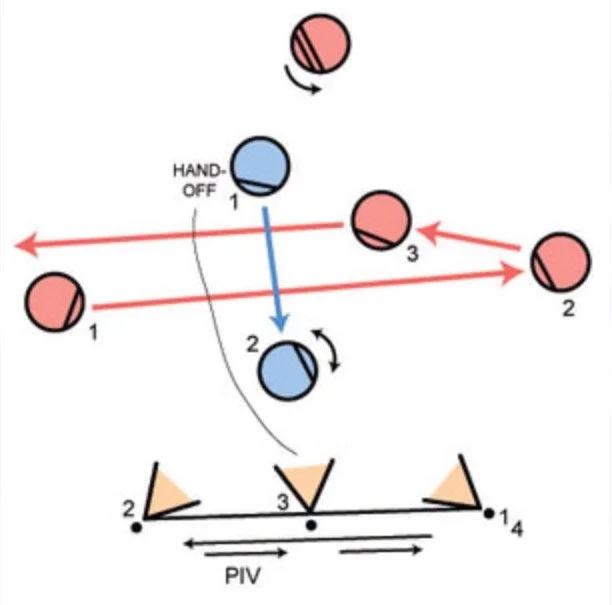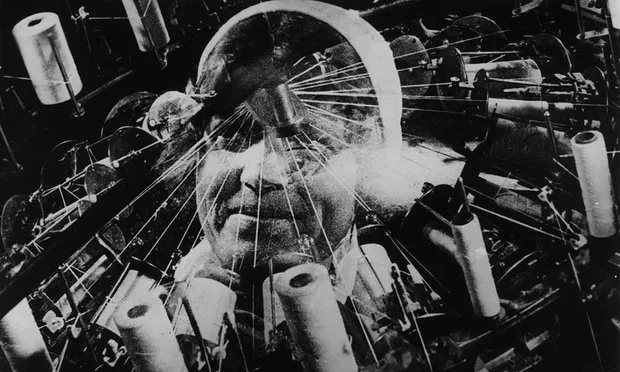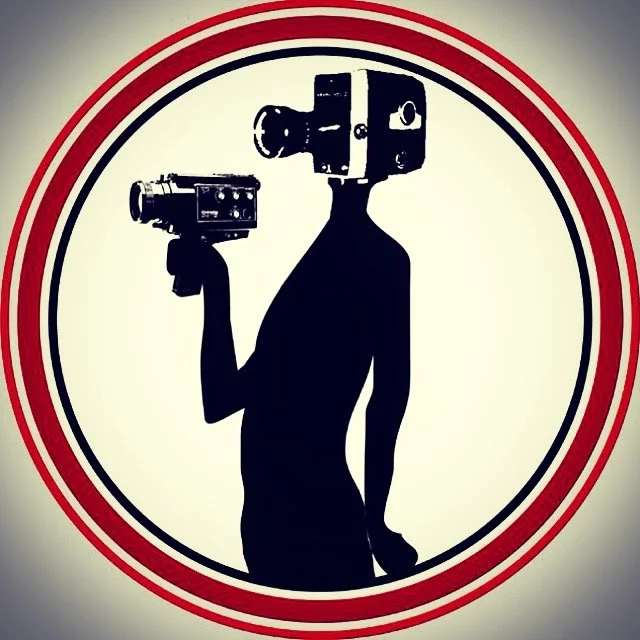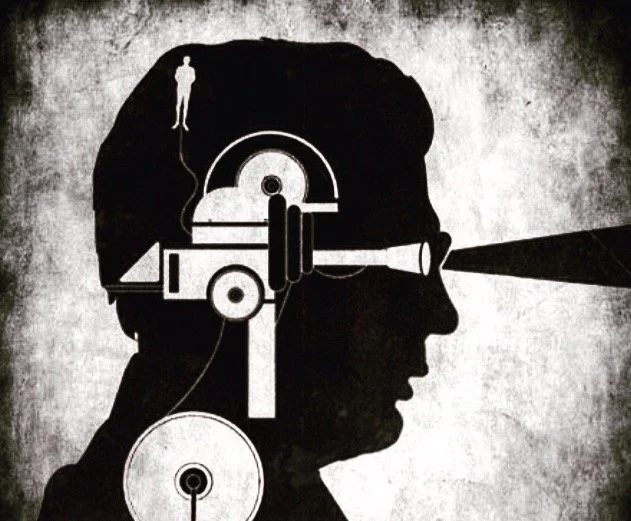Film Directing 108: Thumbnails for the beginning director
/Thumbnails lead to better films
‘Thumbnail’ is the term for a simple storyboard frame. It’s a small, quick sketch that shouldn’t take longer than 10 or 15 seconds to create. Thumbnails are an important part of the director’s visual planning process.
Thumbnails illustrate the size of the shot and the character position in the frame. This helps the different departments understand the director's goal for the camera set-up.
Read More










